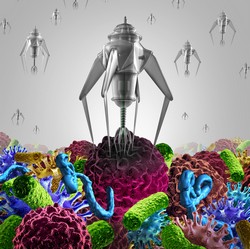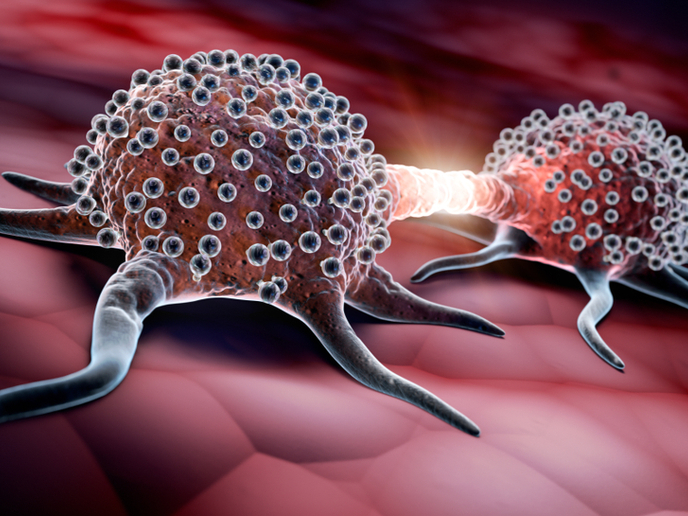Cell surgery via nanotechnology
The cellular bioengineering field utilises engineering methods to investigate and study biological systems. This often requires disrupting organelles within living cells or tissue without adversely affecting or compromising the viability of the cell or organism. To meet the technological challenges encountered with investigations at the microscopic level, researchers have utilised ultrafast laser technology and nanoscience-emerging technologies. The EU-funded LIGHT2NANOGENE (Cellular bioengineering by plasmonic enhanced laser nanosurgery) project optimised a novel technique for nanosurgery of living cells, namely plasmonic enhanced laser nanosurgery to introduce exogenous material through the membrane of breast cancer stem cells. The idea was to silence the expression of key genes involved in the aggressive behaviour of these cells and reduce breast cancer metastases. The LIGHT2NANOGENE method combined plasmonics and ultrafast lasers for high-throughput cell nanosurgery, while an optical fiber integrated in the nanosurgery tool aided in vivo applications. Researchers developed for the first time an advanced imaging method for studying ultrafast laser-nanoparticle interactions and nanobubbles. Apart from detection, the developed technique enabled the characterisation of these carriers of dynamic energy. The data collected for single nanoparticles served to build a theoretical model to optimise nanobubble properties for biomedical applications. Gold nanoparticles generated highly confined and transient nanobubbles, indicating their suitability to be used in vivo with minimal cytotoxicity and immunogenicity. Combined with multiple pulse irradiation, these nanobubbles led to the efficient perforation of the membrane of human breast cancer cells. Scientists achieved nearly 80 % perforation efficiency with less than 10 % cytotoxicity. Gold nanoparticles also functioned at the tissue level inducing nanocavitation while remaining intact. The optical fiber-based, portable and low-cost LIGHT2NANOGENE laser system is ideal for cell nanosurgery. The combined use of laser irradiation and nanoparticles will help scientists expand the applications of cell bioengineering for both research and therapeutic purposes.







